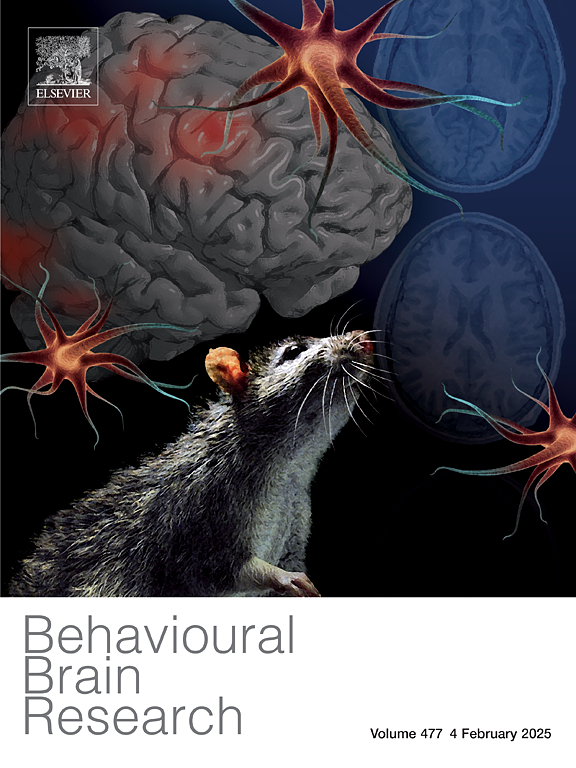The relationship between neuropsychiatric disorders and aging: A review on telomere length, oxidative stress, and inflammation
IF 2.6
3区 心理学
Q2 BEHAVIORAL SCIENCES
引用次数: 0
Abstract
Aging is the group of time-independent changes that occur in an organism and that ultimately end in death. The relationship between aging and neuropsychiatric disorders is complex. Not only does the incidence of several neuropsychiatric disorders rise with age, but also these disorders are linked with premature mortality and are even thought to be syndromes of accelerated biological aging. Oxidative stress, inflammation and telomere length are factors commonly used to assess biological aging. The purpose of this review is to sum up the existing information about the state of those factors in schizophrenia, depression, bipolar disorder and anxiety disorders, and to summarize the effects of treatment on telomere length in patients with those neuropsychiatric disorders. The main focus, however, is on telomere length seeing the highly controversial study results on this biomarker in neuropsychiatric disorders. There is no scientific consensus on the state of those factors in the mentioned neuropsychiatric disorders or on the effects of treatment on telomere length, thus further research is needed where confounding variables are controlled. Regarding telomere length, it is highly important to explore whether short telomeres lead to the development of neuropsychiatric disorders or vice versa, as it carries huge clinical potential.
求助全文
约1分钟内获得全文
求助全文
来源期刊

Behavioural Brain Research
医学-行为科学
CiteScore
5.60
自引率
0.00%
发文量
383
审稿时长
61 days
期刊介绍:
Behavioural Brain Research is an international, interdisciplinary journal dedicated to the publication of articles in the field of behavioural neuroscience, broadly defined. Contributions from the entire range of disciplines that comprise the neurosciences, behavioural sciences or cognitive sciences are appropriate, as long as the goal is to delineate the neural mechanisms underlying behaviour. Thus, studies may range from neurophysiological, neuroanatomical, neurochemical or neuropharmacological analysis of brain-behaviour relations, including the use of molecular genetic or behavioural genetic approaches, to studies that involve the use of brain imaging techniques, to neuroethological studies. Reports of original research, of major methodological advances, or of novel conceptual approaches are all encouraged. The journal will also consider critical reviews on selected topics.
 求助内容:
求助内容: 应助结果提醒方式:
应助结果提醒方式:


